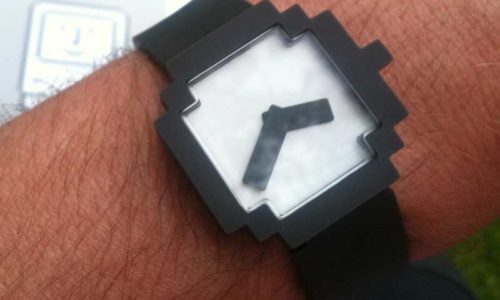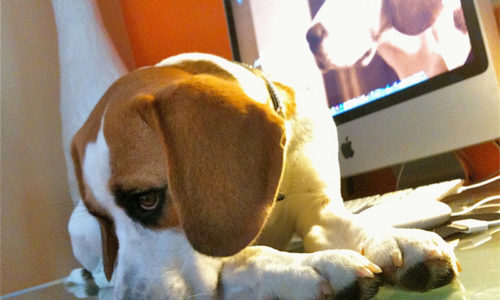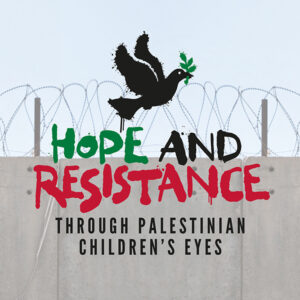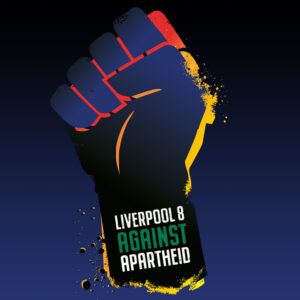
LGBT History Month 2021
February is LGBT History Month, and at the end of last year Museum of Liverpool sent out an online call for local LGBT personal histories with plans to display a curated range of seldom-told tales of the city in commemoration of the month.
The brief was to use visual and written media to tell a personal story about one’s life, to shine a rainbow light into the darkest recesses of the past and fill in the gaps of local queer history. Giving it some thought, I was reminded of a turning point in my own life and my involvement with a service that once provided crucial support to LGBT people in Liverpool. More significantly, the importance of Friend Merseyside in the 1980s–90s to people in Liverpool was a story that (to my knowledge) had slipped into the cracks of local history and deserved to be told.
From the supporting narrative for the artwork:
“In 1993, I was coming to terms with the breakdown of my first relationship, I’d been left for someone else. It hurt and it affected my mental health. I was aware of ‘Friend Merseyside’ and considered calling the helpline for support but thankfully received the essential support I needed from a group of close friends.
Instead I volunteered my time to Friend – possibly diverting my energies into helping others as an alternative strategy to dealing with my own sadness. Pre-internet, even the most basic information wasn’t easy to source and Friend offered a vital support service to the LGBT community. I completed a rigorous course and for over a year would answer phone calls once or twice a week. Every night brought something different; from people simply wanting to know where the gay-friendly hotels were – to those on the brink of suicide.
My time at Friend Merseyside was relatively brief but it made me a better person, enabled me to emotionally thrive, and importantly I made new friends. Whenever I pass the anonymous looking building near Lime Street Station, I still smile, remembering how it helped me and how I in turn helped others.”
My submitted artwork (shown above) was created digitally. Every aspect of it was manipulated using design software to produce something that looked handmade. Pieces of cardboard and masking tape were scanned along with my own handwriting and historical Friend Merseyside artefacts that a good friend sourced for me. The central image of the building that once housed the voluntary organisation was one that I took myself on a rare journey out of the house between lockdowns and I spent hours working on it to get the lo-fi result I was after.
The collection of works are now with the Museum of Liverpool and tell an interesting collection of stories. You can read about them all at the link below and when public spaces are allowed to open up again the plan is that they will be displayed. For now, find out more here:
https://www.liverpoolmuseums.org.uk/lgbt-history/lgbt-community-stories
- Blog
- Friend Merseyside, Graphic Design, LGBT, Liverpool, Local History, Museum of Liverpool, Pride, Queer
- February 10, 2021




